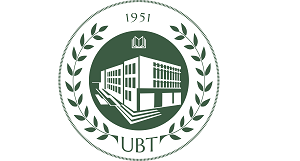FADIL THOMAJ1*, KOZETA BREGU1
|
1Agricultural University of Tirana, Department of Horticulture & Landscape Architecture Abstract In addition to the cultivar’s rooting ability, it is important to ensure that the rooted cuttings will have a rapid growth rate in order to meet the standard and reduce seedling costs. Under this experiment we tested the effect of 6 different substrates, or substrate compositions on the growth rate of rooted cuttings through a randomized experimental design. Several variants as in following described were evaluated; V1= 35% blackpeat+45% blonde peat+20% vermiculite, V2= 66% compost (composted manure)+34% clean river sand, V3= 50% black peat+15% sand+35% compost, V4= 20% black peat+20% blond peat+20% sand+40% compost, V5= 28% blond peat+28% coconut fibres+14% vermiculite+30% compost, V6= 28% blond peat+28% coconut fibres+14% sand+30% compost. The composition of substrate at the transplant time had a strong influence on the growth of rooted cuttings during the nursery stage. Variants V1, V2, V4 and V6 show the best results. However, considering the fact that it is composed by only localy available materials, V2 was considered as the most economic variant. Keywords: Different substrates, rooted cuttings, peat, compost, vermiculite, the nursery stage |
